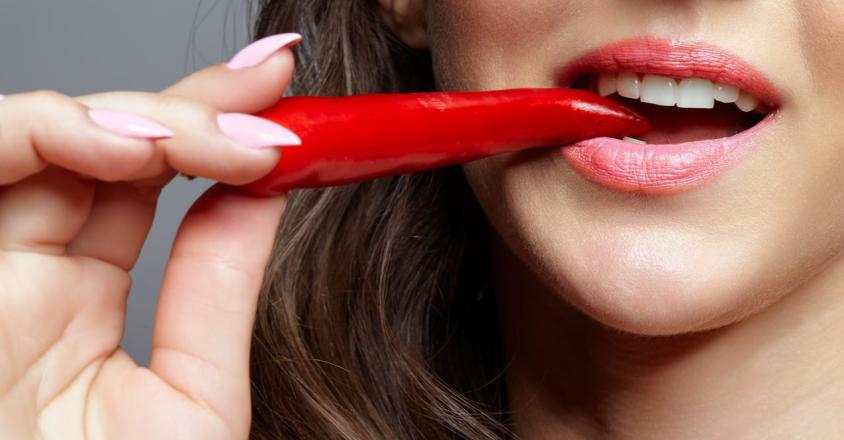Low-carb zucchini lasagna roll-ups
Try a delicious twist on a traditional lasagna by replacing the noodles with zucchini. Zucchinis are high in antioxidants, help digestion and help keep blood sugar levels in check. This dish is low on carbs but big on flavor.
Serves 6
Ingredients:
- 4 large zucchinis
- 15 ounces ricotta cheese
- ¼ cup Parmesan cheese grated
- 1 ½ cups mozzarella cheese shredded (divided)
- 1 large egg
- 2 cups marinara home-made or store-bought
- salt & pepper to taste
- 1 tablespoon olive oil
Directions:
To make the lasagna roll-ups: Preheat oven to 400F. Grease a sheet pan with 1 tablespoon oil and set aside.
Slice zucchini into 1/8'' thick slices. Lay zucchini slices on grease sheet pan and oven roast for 10-12 minutes. Remove from oven and cool for 5 minutes before handling. Leave oven on for cooking the casserole.
While the zucchini is roasting, mix the ricotta cheese, parmesan cheese, 1/2 cup mozzarella cheese, egg and salt and pepper to taste. Stir just until combined.
In a 9x13 casserole dish, spread homemade tomato sauce on the bottom.
Assemble zucchini roll ups by laying a zucchini strip on a flat surface and spread about 2 tablespoons of the ricotta mixture first over each individual zucchini strip. Top with a tablespoon of marinara sauce and a sprinkle of mozzarella cheese. Roll up and place in casserole dish. Repeat with remaining rolls. Drizzle remaining sauce (if any) on the rolls and sprinkle with remaining mozzarella cheese.
Bake uncovered for 20-25 minutes at 400F or until the cheese is melted and bubbly.
Nutritional information (per serving)
- Calories: 297kcal
- Carbohydrates: 11g
- Protein: 19g
- Fat: 20g
- Saturated fat: 11g
- Cholesterol: 88mg
- Sodium: 751mg
- Potassium: 717mg
- Fiber: 3g
- Sugar: 7g
- Vitamin C: 29mg
- Calcium: 373mg
- Iron: 2mg
Genesis HealthCare System’s Health and Wellness content conveniently provides accurate and helpful information. Your health history and current health may impact suggestions provided through our Health and Wellness content. Although we hope this information is helpful, it is not a substitute for your doctor's medical advice. Before making any significant changes, please consult your doctor.

Try a delicious twist on a traditional lasagna by replacing the noodles with zucchini.












